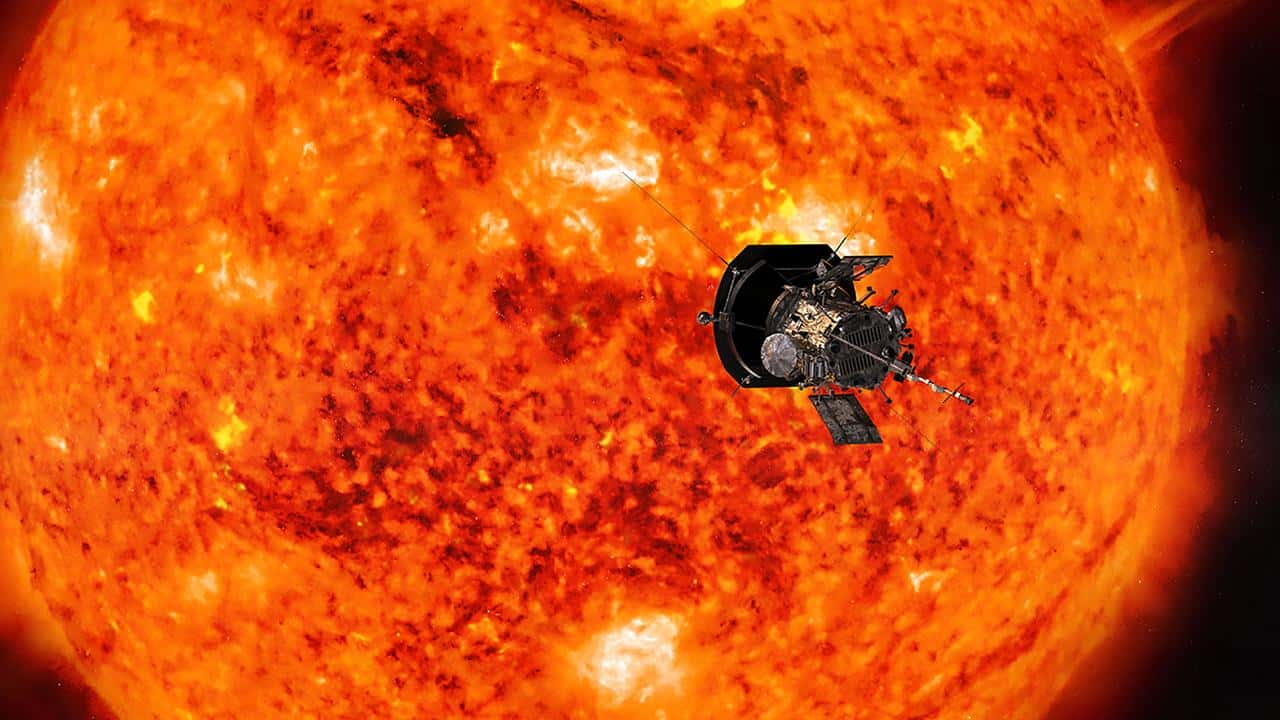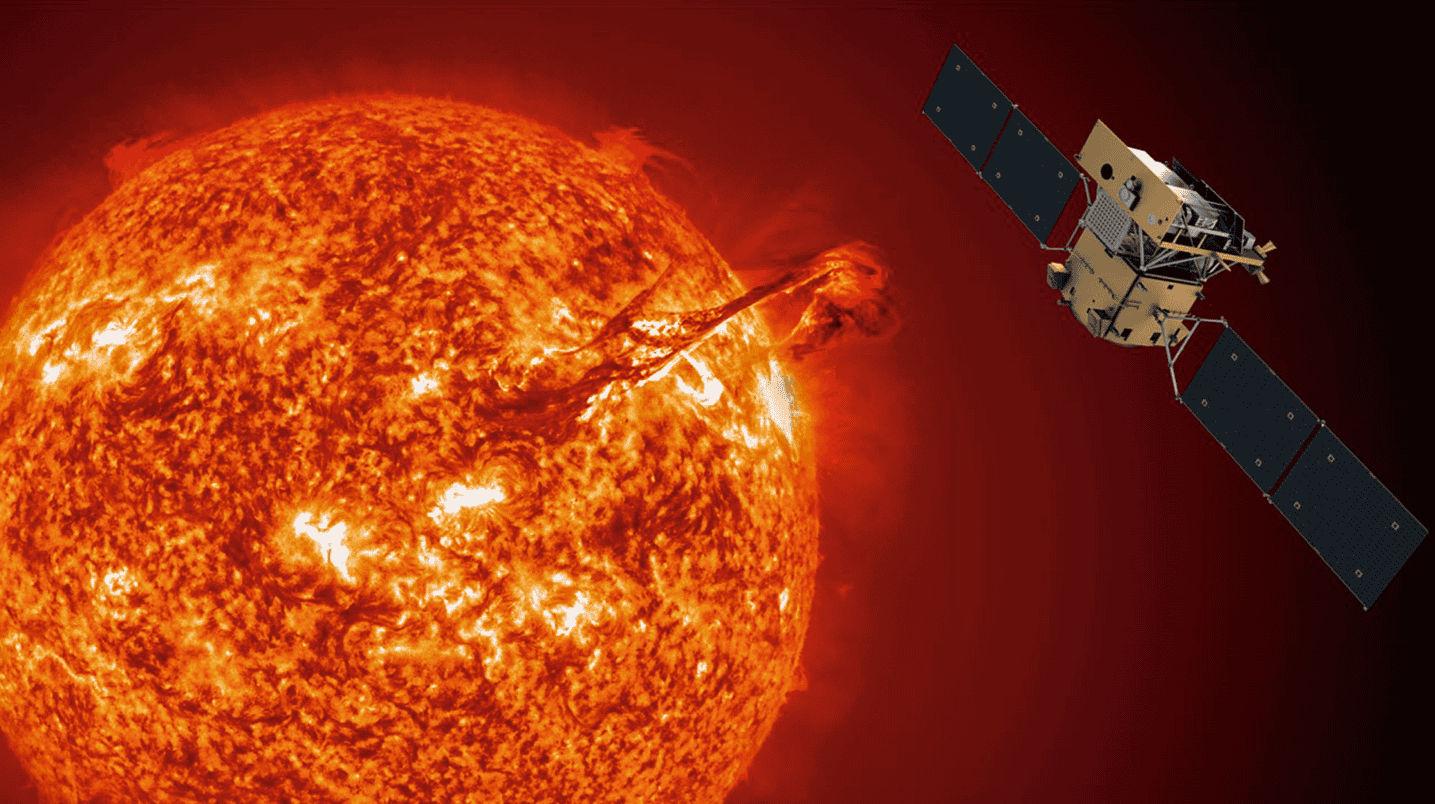This advanced solar observatory, recognized as Earth’s most potent solar research tool, has shed new light on the long-standing riddle surrounding the sun’s outer atmosphere, known as the corona, and why it registers significantly higher temperatures than the layers beneath.

A groundbreaking discovery in solar science brings us closer to understanding the sun’s mysterious coronal heating enigma, utilizing the Daniel K. Inouye Solar Telescope (DKIST) in Hawai’i
An international consortium of scientists, equipped with the unparalleled capabilities of the Daniel K. Inouye Solar Telescope (DKIST), embarked on a comprehensive examination of the sun’s magnetic field. Their meticulous investigation revealed intricate, serpentine-like patterns of energy within the sun’s chromosphere, raising the possibility that these patterns may be the driving force behind the intense heat experienced in the sun’s outer atmospheric layers.
University of Sheffield professor Robertus Erdelyi, a co-investigator in this groundbreaking research, expressed the importance of this milestone, stating that it may bring us closer to unraveling the secrets of our life-sustaining star. The sun’s corona, with temperatures exceeding 1.8 million degrees Fahrenheit, has puzzled researchers for decades, as it contradicts the expected temperature gradient towards the sun’s core, where nuclear fusion generates heat.
The quest to comprehend the corona’s extraordinary temperature has primarily focused on active regions, such as sunspots
However, the Daniel K. Inouye Solar Telescope (DKIST) research diverged from this path, exploring the calmer regions of the sun. These areas, characterized by convective cells named granules, house magnetic fields exhibiting intricate serpentine patterns, suggesting the involvement of magnetic reconnection in the energy transfer process. This revelation marks a significant step toward resolving one of the paramount mysteries in solar research.
The team’s findings, published in The Astrophysical Journal Letters, underscore the pivotal role played by the Daniel K. Inouye Solar Telescope in advancing our understanding of the sun’s complex behavior and the underlying mechanisms that govern its enigmatic corona.




